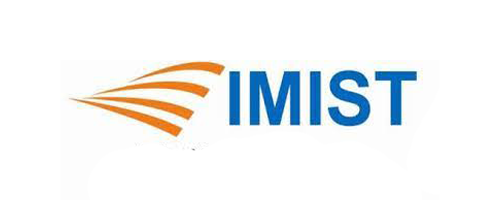Joint NN elaboration of the two sides of damaged historical documents for improving text analysis
Abstract
The quality of the text analysis and transcription of historical documents, performed either automatically or man- ually, benefits from enhancing their digital versions, especially when the originals are ancient or degraded. Among the many and varied damages, the penetration or transparency of ink from one page to the other of the folio (see-through) is one of the most frequent and invasive degradation. Here, we focus on printed or handwritten documents affected by this degradation, and propose an enhancement technique based on pixel classification through neural networks. Our technique needs the information from both sides of the folio, but this request is commonly satisfied in the modern archives.
We exploit a shallow neural network in order to classify into clean or corrupted all the pixels of the two sides, analyzed by pairs. Using a NN entails the availability of a suitable set of examples to be used for its training. We previously proposed a data model that roughly describes the see-through degradation in the two sides of a grayscale or color document page. In this paper, we use this model to generate an artificial training set that makes the trained network capable of generalizing to different levels of degradation. The result of pixel classification can return a binary map of the document, cleaned from the interferences, or can serve as the basis for its virtual restoration, by substituting the noisy pixels with samples of the paper support.
We test the performance of the proposed enhancement tech- nique for improving various steps of text analysis and transcrip- tion of historical documents.
In case of printed documents, the binary map can be directly input to an OCR algorithm. We demonstrate that the joint classification of the two sides of the document can significantly improve binarization, and then character recognition, compared to the separate processing of the single sides, using the same amount of information. In case of handwritten texts, we input the virtually restored image to a popular software for text management and analysis of historical manuscripts. We show that also in this case an encouraging gain in the performance of the various tasks ca be achieved.
The submitting author warrants that the submission is original and that she/he is the author of the submission together with the named co-authors; to the extend the submission incorporates text passages, figures, data or other material from the work of others, the submitting author has obtained any necessary permission.
Articles in this journal are published under the Creative Commons Attribution Licence (CC-BY). This is to get more legal certainty about what readers can do with published articles, and thus a wider dissemination and archiving, which in turn makes publishing with this journal more valuable for you, the authors.
In order for iJIST to publish and disseminate research articles, we need publishing rights. This is determined by a publishing agreement between the author and iJIST.
By submitting an article the author grants to this journal the non-exclusive right to publish it. The author retains the copyright and the publishing rights for his article without any restrictions.
Privacy Statement
The names and email addresses entered in this journal site will be used exclusively for the stated purposes of this journal and will not be made available for any other purpose or to any other party.







